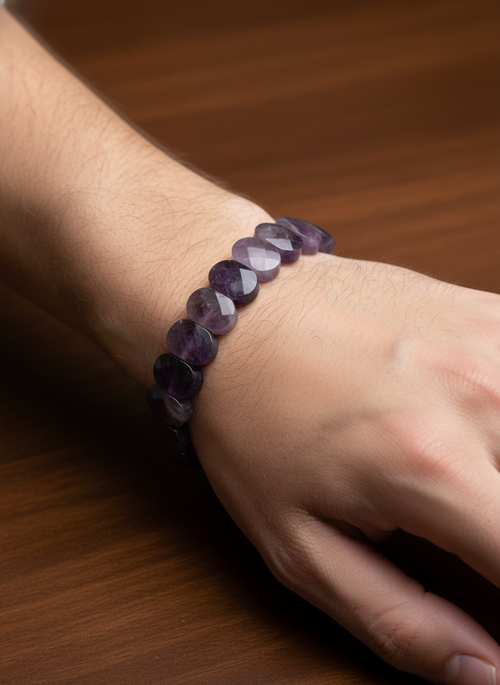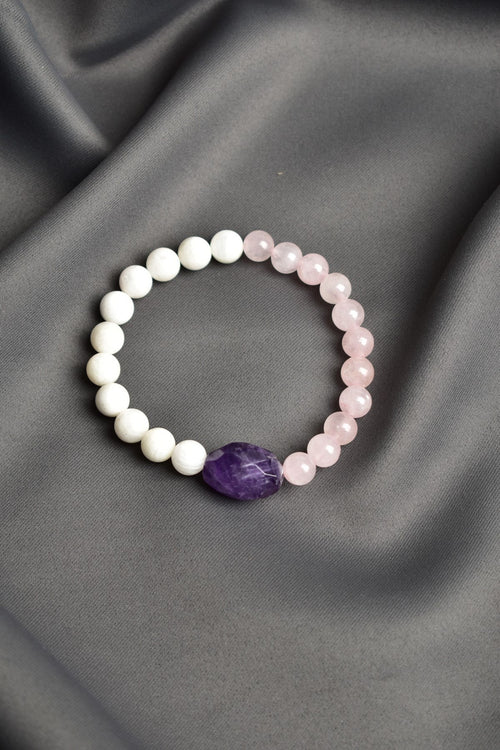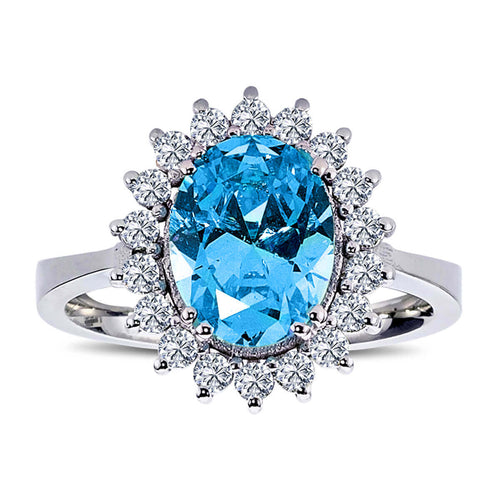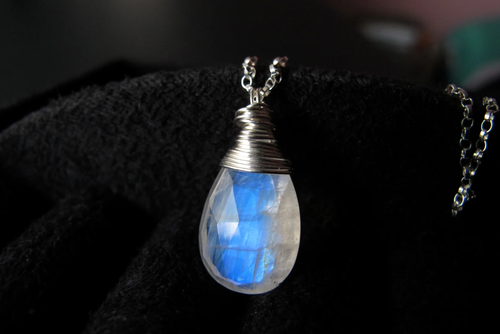ALL PRODUCTS IGSL INTERNATIONAL CERTIFIED
The most common natural stones that are subject to counterfeiting in jewelry are precious and semi-precious stones. Due to their high value and popularity, the risk of counterfeiting is quite high. These counterfeited stones are introduced to the market as synthetic versions, imitations or improved versions of low-quality stones. Here are some of the most counterfeited natural stones in jewelry:
1. Diamond
- Reason for Counterfeiting: Diamond is one of the most precious stones in the jewelry world. Due to its high value, it is a frequent target of counterfeiting.
- Counterfeiting Methods: Synthetic diamonds are replaced with imitations such as cubic zirconia and moissanite. Additionally, lower quality diamonds may be sold as higher quality.
2. Sapphire
- Reason for Counterfeiting: Sapphire is known for its blue color and is widely used in jewelry. Due to its high demand, it is vulnerable to counterfeiting.
- Counterfeiting Methods: Synthetic sapphires or sapphires that have been manipulated with color enhancement processes are sold as natural sapphires.
3. Emerald
- Reason for Counterfeiting: Emerald has high value due to the beauty of its green color and its rarity. It is likely to be counterfeited.
- Counterfeiting Methods: Synthetic emeralds may be sold as lower-quality emeralds that have been glass-filled or oil-treated. Dyed quartz and other green stones may also be passed off as emeralds.
4. Ruby
- Reason for Counterfeiting: Ruby is considered a very valuable stone due to its red color and rarity. Due to its high demand, it is open to counterfeiting.
- Counterfeiting Methods: Synthetic rubies can be sold as natural rubies. Additionally, rubies that have been enhanced through processes such as heating or glass infilling can be presented as more valuable stones.
5. Opal
- Reason for Counterfeiting: Opal is famous for its unique play of colors and sparkle. These features make it attractive for counterfeiting.
- Counterfeiting Methods: Imitation opals made of plastic or glass may be sold as natural opals. Doublet and triplet opals (layered opals) may also be presented as whole opals.
6. Turquoise
- Reason for Counterfeiting: Turquoise is popular for its bright blue-green color and is frequently used in jewelry. It is a stone that is susceptible to counterfeiting.
- Counterfeiting Methods: Dyed howlite or magnesite can be passed off as turquoise. Additionally, stabilized turquoise can be sold as natural turquoise.
7. Amethyst
- Reason for Counterfeiting: Amethyst is a type of quartz known for its purple color. It can be easily imitated and is therefore susceptible to counterfeiting.
- Counterfeiting Methods: Low-quality quartz may be dyed or heated and sold as amethyst.
8. Morganite
- Reason for Counterfeiting: Morganite is a variety of beryl popular for its pink color. Due to its value, it can be the subject of counterfeiting.
- Counterfeiting Methods: Rose quartz or dyed stones can be disguised as morganite.
9. Lapis Lazuli
- Reason for Counterfeiting: Lapis lazuli is known for its blue color and golden pyrite droplets. It is a stone that is very open to counterfeiting.
- Counterfeiting Methods: Dyed howlite or sodalite may be sold as lapis lazuli. Synthetic lapis lazuli may also be presented as natural stone.
10. Amber
- Reason for Counterfeiting: Amber is fossilized resin and may contain the remains of ancient insects. Due to its value and ancient nature, it is susceptible to counterfeiting.
- Counterfeiting Methods: Imitation amber made of plastic or glass can be sold as genuine amber. Also, synthetic resins can be displayed as genuine amber.
11. Jade
- Reason for Counterfeiting: Jade is a very valuable stone, especially in China. The probability of this stone being a victim of counterfeiting is quite high.
- Counterfeiting Methods: Low-quality stones that have been dyed, filled, or stabilized may be sold as jade. Green glass or plastic may also be disguised as jade.
12. Tanzanite
- Reason for Counterfeiting: Tanzanite is considered a rare and precious stone and is in high demand.
- Counterfeiting Methods: Heat-treated quartz may be sold as tanzanite. Synthetic tanzanite may also be presented as natural stone.
Conclusion
Precious and semi-precious stones are often victims of counterfeiting due to their high value and popularity. Synthetic versions, imitations or improved versions of low-quality stones are often presented as natural stones. In order to protect consumers from such counterfeiting, it is of great importance that stones are purchased from reliable sources with certification and that the necessary tests are carried out.



























